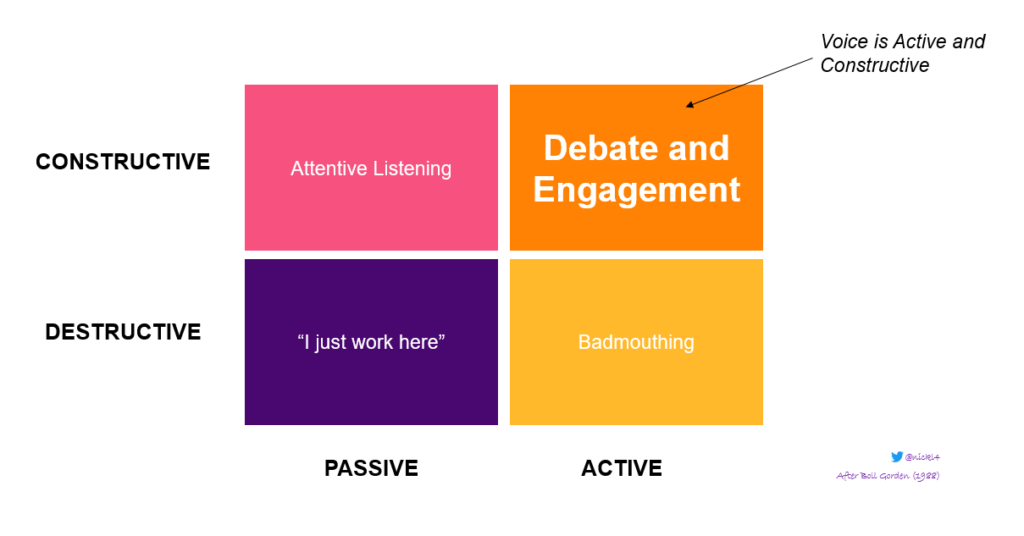What matters for trust?
Susanne Jacobs’ model of trust, from her book “DRIVERS – Creating Trust and Motivation at Work” identifies seven key factors:
1️⃣ Direction – purpose and meaning
2️⃣ Relative position – a sense you contribution is valued
3️⃣ Inclusion – belonging and connection
4️⃣ Voice and choice – some say over decisions that affect you
5️⃣ Equity – respect and fairness
6️⃣ Reliability – certainty and security
7️⃣ Stretch – learning and growth.
📈 Get these right and you can head down a performance path that is based on trust and safety. => You will set people up to Thrive.
📉 Get them wrong, and people will be fearful and threatened. => A workforce may enter Survive mode.
💡 Susanne highlights the importance of perceptions. “Our perception about what is happening to the DRIVERS can shift, determining whether our brain interprets them to be safe or under threat. This interpretation is designed to drive our behaviour towards safety and away from danger. It is the basis of whether we engage or disengage.”
👉 Find the book here: https://buff.ly/3uJGW0Z
This infographic comes from a report by Unum. The eagle-eyed will notice that it has 8 factors since it lists voice and choice separately (it’s an earlier version of the model).
hashtag#Trust hashtag#Leadership hashtag#Voice hashtag#Purpose hashtag#EmployeeExperience hashtag#EmployeeEngagement hashtag#EX hashtag#HR hashtag#Inclusion hashtag#PsychologicalSafety hashtag#BehavioralScienceActivate to view larger image,









